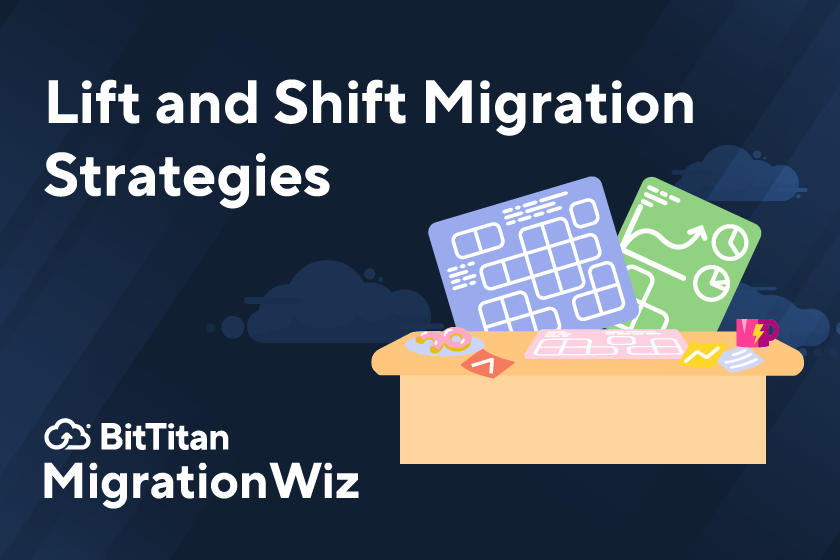Migrating Legacy Applications with Lift and Shift Approach
If you’ve ever hired a moving company for your office, you’ll know that they’ll move every single item in the space unless it’s bolted down. Every dusty typewriter, obsolete cable, coffee-crusted mug, and monster desk. When you get to your new location, you end up with a stack of useless junk on top of furniture that was never going to fit anyway. This is one way to think about the lift and shift method of migrating legacy applications to the cloud.
Even as businesses continue their steady move to the cloud, legacy applications are posing special challenges. Operating legacy applications in the cloud promise to open new opportunities for agility, scalability, and cost-efficiency, but making the move without careful preparation can cause additional issues.
Understanding Legacy Applications
Since legacy applications are developed on older technology stacks, they often don’t align with modern cloud infrastructure. This can mean compatibility issues with newer technologies, as well as obsolete software dependencies and configurations. Like the piece of furniture that fit just fine in your old office but awkward in the new one, legacy applications may not be capable of a direct move into the cloud environment.
Indeed, there are plenty of reasons why legacy applications continue to remain where they are. But organizations have recognized the many advantages of migrating their legacy applications to the cloud, including more efficient maintenance, security, and flexible access. Cloud service providers handle server maintenance, patches, and updates, which results in improved security and stability. Moving legacy applications to the cloud increases remote access to applications and data, promoting flexibility and collaboration.
Given all the benefits, it tempting to want to call the movers today, but it’s essential to evaluate and adapt legacy applications before moving them to the cloud. This process requires a thorough understanding of both the legacy application and the cloud architecture. With careful planning, a seamless lift and shift cloud migration strategy is possible.
The Lift and Shift Approach
Lift and shift migration involves transferring applications and their associated data to the cloud without significant modification. However, the first step is identifying and filtering out unnecessary components—like getting rid of that old VHS player before your office move. Thorough filtering that takes into account the structure of your destination environment minimizes the risk of migrating redundant, obsolete, or incompatible elements.
Another vital pre-migration step is to conduct a thorough audit of older files to reduce storage costs in the cloud. This step also helps your organization maintain compliance when files are disposed of in alignment with data retention and privacy policies.
Legacy applications can be migrated using a lift and shift strategy if a few basic principles are followed. Pre-migration planning should include a thorough understanding of the application and its dependencies; developing a detailed migration plan including a risk mitigation strategy and contingency measures; and testing the migration in a controlled environment to identify and address potential issues. Once the application is migrated, it’s important to continue monitoring to ensure optimal performance and cost-efficiency.
Get Help with your Migration
BitTitan provides extensive support and educational materials for any type of migration, including step-by-step guides, best practices, and expert assistance. For large or complex migrations, we often recommend working with a managed service provider (MSP) whose team has expertise in data migrations, change management, and cloud infrastructure. Many MSPs rely on MigrationWiz regardless of the size of the migration project.
It’s important to choose an MSP that understands your needs and the complexities of your legacy application. They’ll be able to work with your cloud vendor to assure a seamless integration. This may include recommendations for modernizing certain components to align with the capabilities and best practices of the cloud environment.
Make a Plan, then Make your Move
Migrating legacy IT applications to the cloud using the lift and shift approach is a strategic move to modernize and enhance business operations. But it’s important to understand the challenges and follow best practices so you can successfully navigate what can be a complex migration. BitTitan is here to help, and our leading data migration solution—MigrationWiz—will make your move seamless. Contact us or your preferred distributor today if you’ve got a migration on the horizon.


